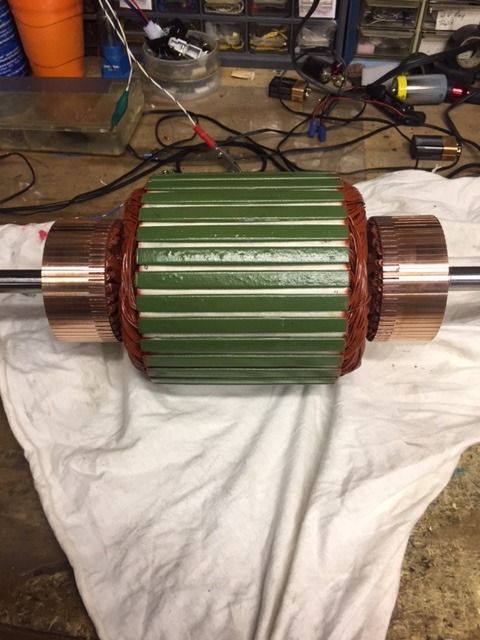Hi UFO,
Thank you for taking the time to explain to me what I require!
I have been a bit lazy. I had not reached Page 96 where you show a link to a video that is very similar to what I am hoping to be doing. http://www.energeticforum.com/redire...ure%3Dyoutu.be.
Am I correct in seeing that you are using the driven generator to charge the batteries? Your accent is a bit thick for me to understand at times also with the noise from the coupled drive.
I like the solution above by GlenWV using all north poles. Somewhat similar to the output of John Bedini's free energy generator. But, in this case using dedicated wound coils to explicitly get the job done.
This is looking good for the design I am working with.
Thank you
Dwane
Thank you for taking the time to explain to me what I require!
I have been a bit lazy. I had not reached Page 96 where you show a link to a video that is very similar to what I am hoping to be doing. http://www.energeticforum.com/redire...ure%3Dyoutu.be.
Am I correct in seeing that you are using the driven generator to charge the batteries? Your accent is a bit thick for me to understand at times also with the noise from the coupled drive.
I like the solution above by GlenWV using all north poles. Somewhat similar to the output of John Bedini's free energy generator. But, in this case using dedicated wound coils to explicitly get the job done.
This is looking good for the design I am working with.
Thank you
Dwane

 Is there a self running machine? Or
Is there a self running machine? Or


 !
!




Comment